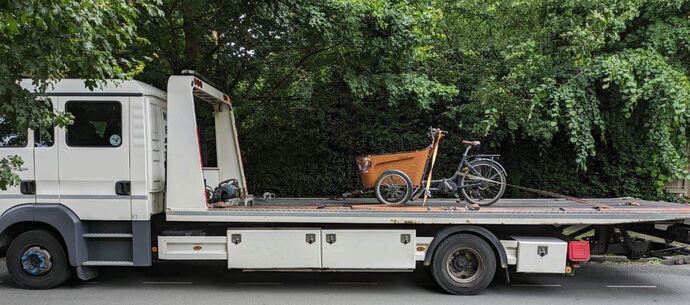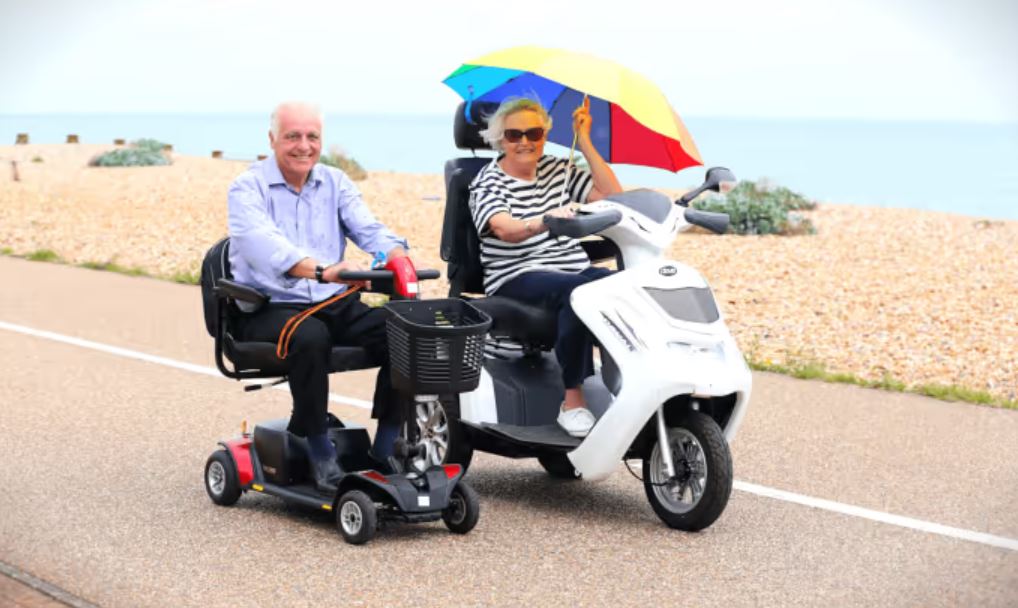Lime e-bike 350W motor email sparks confusion over UK legal limit
May 20, 2025

There’s a special kind of British headache reserved for deciphering e-bike laws - and this week, it’s Lime that seems to have taken a turn stirring the pot.
The global bike share giant emailed us to say that its UK fleet of fourth-generation electric bikes uses 350-watt motors. That’s 100 watts over the legal limit for an Electrically Assisted Pedal Cycle (EAPC) in the UK.
In the same message, Lime was quick to stress that the bikes are speed-limited to 15.5mph, as per UK law - but that alone doesn’t cut it. According to government regulations, an EAPC must both cap assistance at 15.5mph and have a motor no more powerful than 250W. Anything more powerful is considered a moped. Or possibly a motorcycle.

We have since heard from Lime again to explain that their UK e-bikes have motors rated at 250W and are fully compliant with UK regulations.
As a leading e-bike insurance provider, we at ETA have long raised concerns about the complex nature of UK e-bike legislation. How can riders be expected to keep up?
{{cta-ebike}}
Try explaining to a new e-bike rider that their bike might be one of the following: an EAPC; an EAPC with vehicle approval for a throttle-only use; a L1e-A moped (up to 1,000W); a L1e-B moped (up to 4,000W); or a full-fat electric motorcycle…and watch their eyes glaze over. That’s assuming they can even find the plate showing the manufacturer’s name and motor power - something that’s legally required, but in practice often missing.
It doesn’t help that a 250W pedelec and a 1,000W throttle-assisted moped can look near-identical parked side by side.
Why this matters
For most riders buying a road-legal e-bike from a reputable retailer, there’s little reason to worry. Stick to a motor capped at 250W, with assistance cutting out at 15.5mph, and you’re in the clear. These bikes can be ridden like conventional bicycles - no registration, no licence, no insurance required.
But once you stray into higher wattage, throttle-only, or DIY territory, the situation changes fast. A powerful retrofit kit or modified motor might leave you unknowingly riding a moped without the proper licence, insurance or number plate - which has serious legal consequences in the event of a collision or police stop.
This isn’t the first time the UK’s confusing e-bike rules have caused concern, and it won’t be the last. The current regulatory framework -rooted in a 2003 EU directive and only updated by UK law in 2016 - was designed to preserve the legal status of low-powered electric bikes as bicycles, and to draw a clear line between them and mopeds. But today, that line is anything but clear.

At ETA, we believe it’s time for a rethink. A Red Tractor-style certification mark for EAPCs - clearly displayed on all legal bikes at point of sale - would help riders, retailers, insurers and law enforcement alike. It would offer peace of mind for consumers, and help dispell legal ambiguity.
Until then, we urge riders to check the motor specs of any e-bike they buy. Ask your retailer to confirm the wattage and speed limits.
Cycle Rescue is free with ETA bicycle insurance
If you suffer a breakdown (including punctures, or even a flat e-bike battery) while out cycling, our 24-hour Cycle Rescue team is on hand to arrange transport for you and your bicycle to a safe location. The service is included for free with ETA cycle insurance, along with:
• Theft, accidental damage & vandalism
• E-bike battery theft cover
• Cycle Rescue
• No devaluation of your bike over time
• £2m third party PLUS £20,000 personal accident cover
• Shed and garage storage
• Low standard excess of 5% (£50 minimum)

{{cta-ebike}}
The ethical choice
The ETA was established in 1990 as an ethical provider of green, reliable travel services. Over 30 years on, we continue to offer cycle insurance , breakdown cover and mobility scooter insurance while putting concern for the environment at the heart of all we do.
The Good Shopping Guide judges us to be the UK's most ethical provider.
Information correct at time of publication.







